
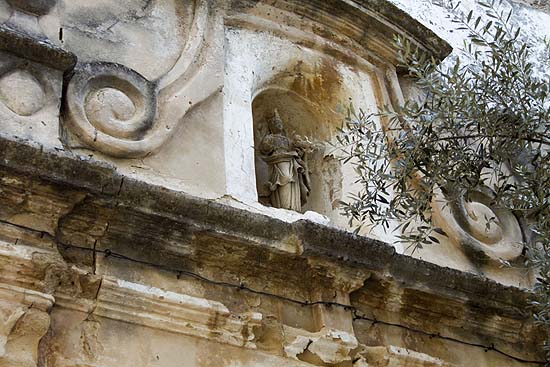
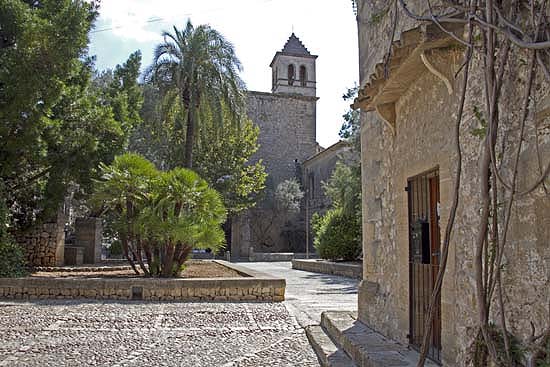
Carlos Di Fulvio (*1939): The chacarera, on a Quechua melody, sung by Sebastiano Solís. From the CD El Gaucho, el Inca y la Nueva Música (1982).
| Hace tiempo voy buscando por ahí una chacarera entre los montes que hay en el pago campo afuera campos de la rudita, monte adentro 'e Tulumba la he de encontrar linda en su bata de percal baila Doña Dominga la chacarera. Abajito de un tala la vi por ser montaraza y unos crisoles de leña mansa la aromaban. La aromaban con su olor unos gajos de tala que supo cortar mi amigo Don Vimas al caer el invierno pasado para su corral. Y en la tierrita suelta al barrer de las alpargatas entre los montes subió la luna pa' alumbrarla. Como nube en el alba quedó un polvaderal ojito, hay tala, flecos de luna, la chacarera. Con su bata de puro percal va Doña Dominga todas las flores que hay en el monte se la envidian. Se la envidian porque no hay color más hermoso que el de su percal, ni moza que sepa regalar el donaire que tiene su buen zarandear. Y las niñas quisieran bailar como lo hace ella la trenza al viento y una manito en la cadera. Su cadera es un vaivén parecido al del mimbre y al sauce también, esa es mi abuela se saben decir los changos del monte en cuantito la ven. Si a los setenta la baila asi, ¡lo que ha sido enantes!, una corzuela, lujosa de ágil, dejen nomás. Como nube en el alba quedó un polvaderal ojito hay tala, flecos de luna, la chacarera. | For a long time I’ve been looking for a chacarera here between the mountains, on the clearing over the fields over the fallow fields on the mountains above Tulumba there I found her as in her calico coat was beautifully dancing Doña Dominga the chacarera. I saw her near to a fallen tree for she is a forest girl and some boughs of apple tree lent their fragrance to her. To her lent their fragrance the twigs of apple tree cut by my friend Don Vivas at the beginning of last winter in his courtyard. And in the clearing swept clean by the canvas shoes between the mountains the moon rose to shed light on her. Cloud of the soul, light dust was lifting above the twigs: fringes of the moon: the chacarera! In her clean calico coat is dancing Doña Dominga, all the flowers in the mountains envy her. They envy her because there is no color more beautiful than the color of her calico, neither girl who knows how to dance it with more grace than her swinging. How the girls would love to dance as she is dancing her braids in the wind and her hand on her hip. Her hip is swinging as the wicker and as the willow tree, this is my grandmother, as every mountain Chango can say it as soon as he sees her! If at seventy she dances like this what a gracious doe she was before, more agile than anyone else! Cloud of the soul, light dust was lifting above the twigs: fringes of the moon: the chacarera! |
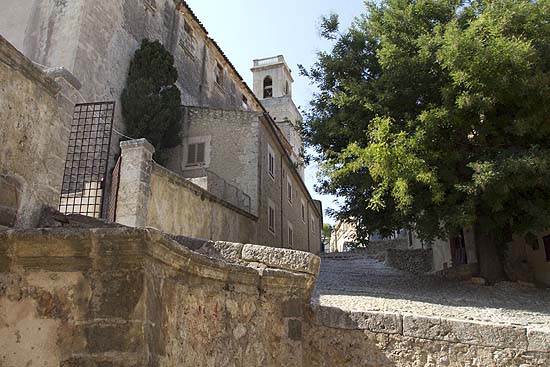
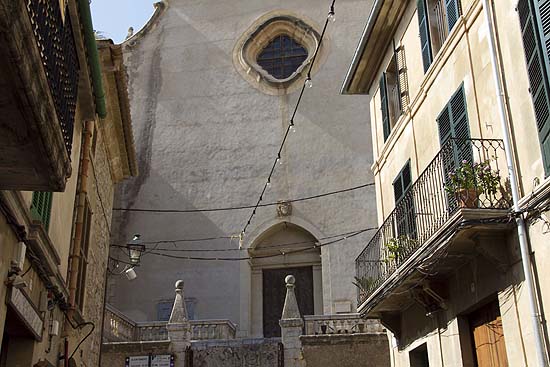
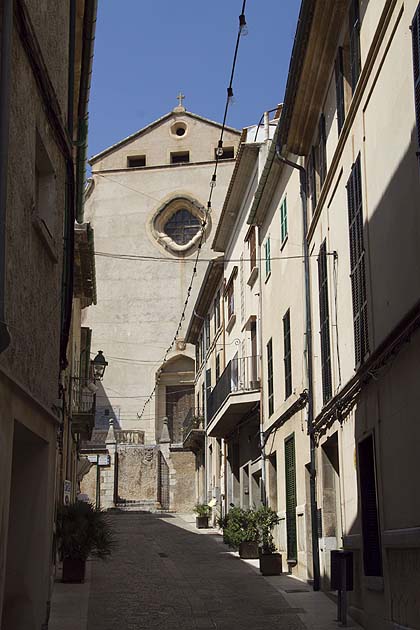
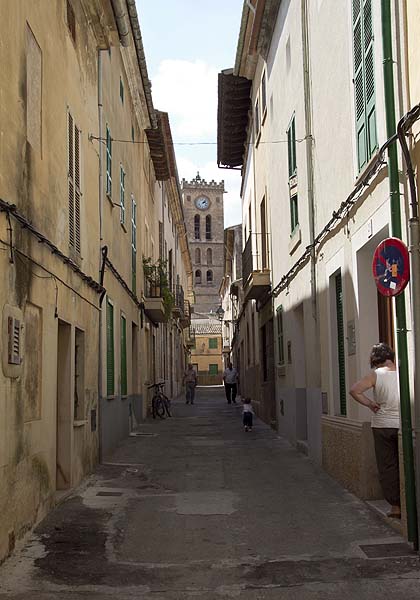
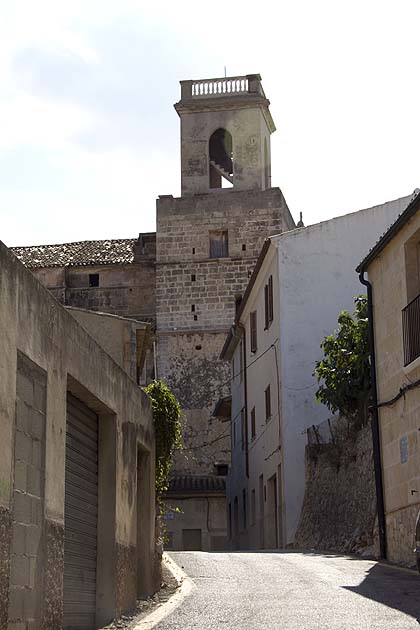
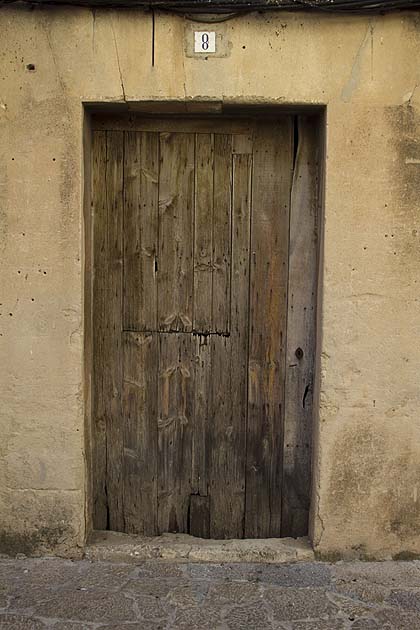
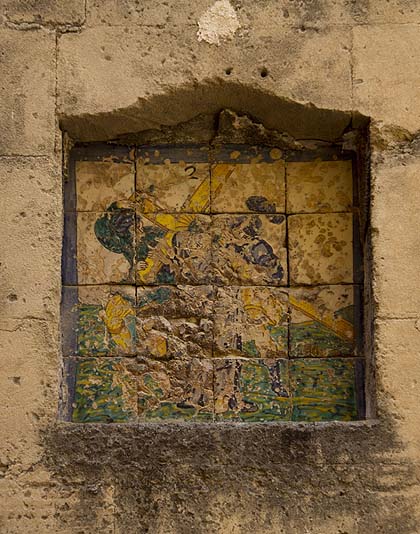
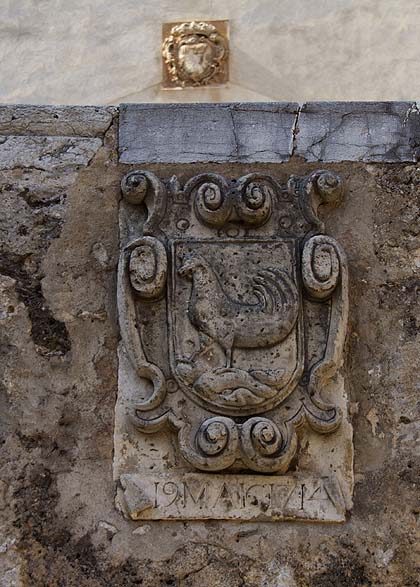
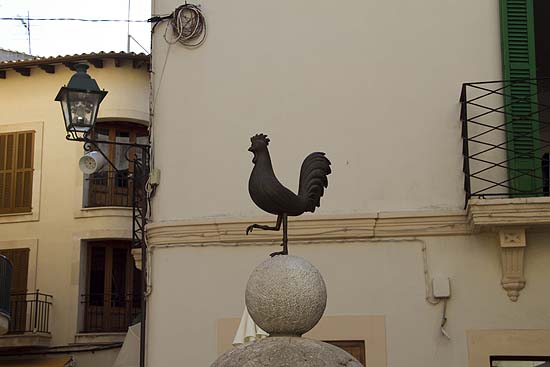
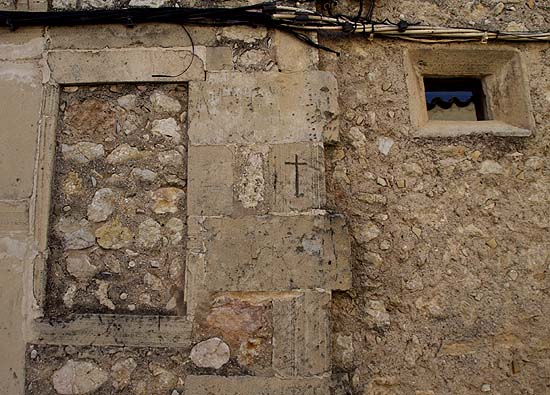
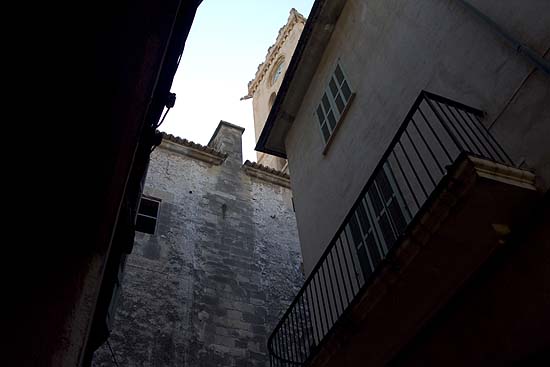
Facundo Cabral: The day that I leave. Music and song by Sebastiano Solís. From the CD El Gaucho, el Inca y la Nueva Música (1982).
The Argentine poet Facundo Cabral (*1937) grew up in an asylum. “I did not speak until I was nine years old, I was illiterate until the age of fourteen, at forty-six I first met my father. After escaping the asylum, I learned singing from peasants. On 24 February 1954 a tramp recited to me the Sermon on the Mount, and I discovered that I was reborn. Then I wrote the lullaby Vuele bajo. This is how it all started.”
| Una milonga sureña un par de botas tejanas, una esperanza infinita y una flor en la ventana. Una canción inconclusa y un jorongo mexicano, amores en todo el mundo y nada preso en la mano. Un amigo en el desierto y un maestro en la montaña, la libertad más hermosa y la idea más extraña. Esas cosas dejaré el día que yo me vaya, querida perdóname si a ti no te dejo nada. Una cerveza en Holanda un pintor en Salamanca, una hoguera junto al Nilo, un poema en Casablanca. Una pregunta en el aire y una respuesta en el alma, las noches en el mar Rojo, y los veranos de España. La voluntad y el delirio, una vieja gorra griega un turbante del Neguev, dos máscaras, una quena. Esas cosas dejaré el día que yo me muera, querida perdóname si a ti no te dejo nada. La lluvia sobre Marruecos, en el bolso, pan y queso, y la Biblia liberando a mis sueños y a mis huesos. La locura satisfecha y la conciencia tranquila, los temores que perdí en París o Alejandría. Amo y señor de mí mismo sin bandera y sin espada, al viento devolveré las maravillas prestadas. Las alegrías de ser y hacer lo que uno ama, querida perdóname, si a ti no te dejo nada. | A southern milonga a pair of boots from Texas an infinite hope a flower in the window an unfinished song and a Mexican poncho lovers all over the world and nothing in my hand a friend in the desert and in the mountains a master the most beautiful freedom and the weirdest idea – those things I will leave the day that I leave. Forgive me, my dear if I don’t leave anything to you. A beer in the Netherlands a painter in Salamanca a fire along the Nile a poem in Casablanca a question in the wind and an answer in the soul the nights of the Red Sea and the springs of Spain the will and the delirium an old Greek cap, a turban from the Negev desert, two masks, a Quechua flute – those things I will leave the day that I die. Forgive me, my dear if I don’t leave anything to you. The rain on Morocco bread and cheese in the bag and the Bible which liberates my dreams and my bones, the happy madness and the calm conscience, the fears that I lost in Paris or Alexandria. Master and lord of myself without a flag and a sword I will let into the wind the borrowed marvels the joys of being and that I do what I love. Forgive me, my dear if I don’t leave anything to you. |
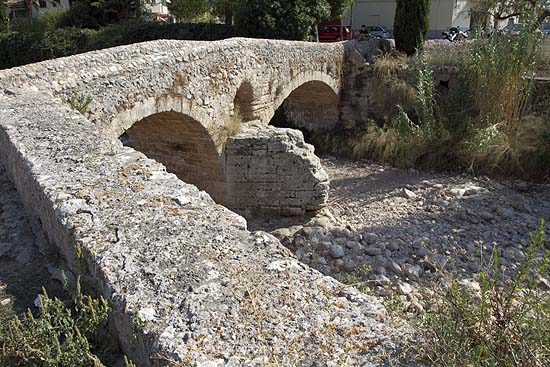
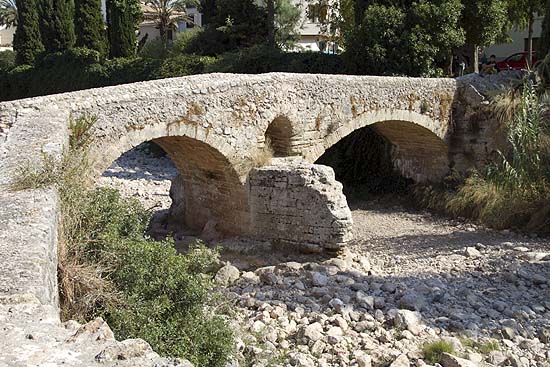
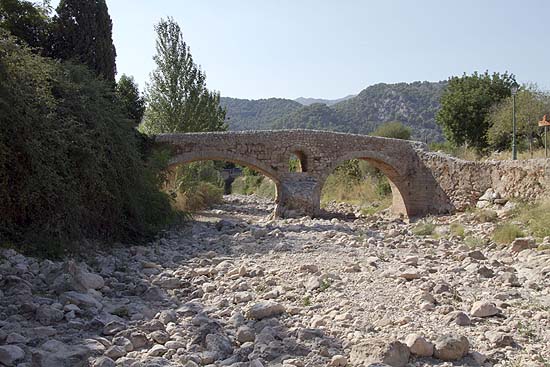
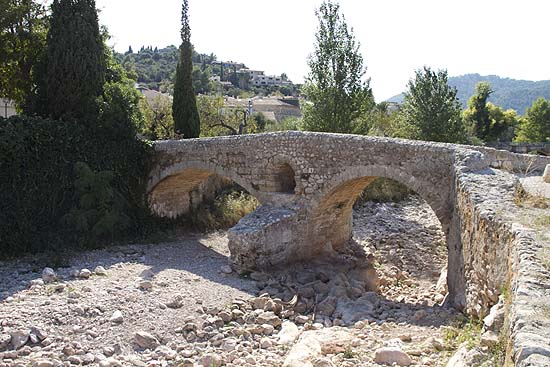
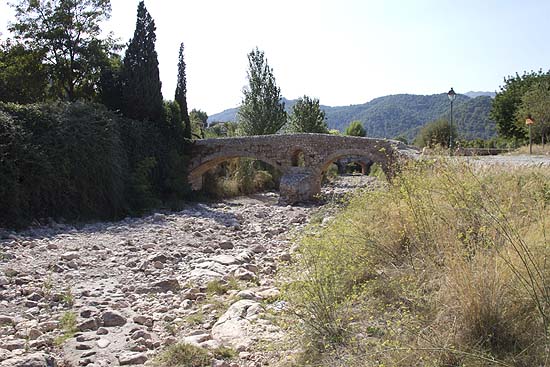
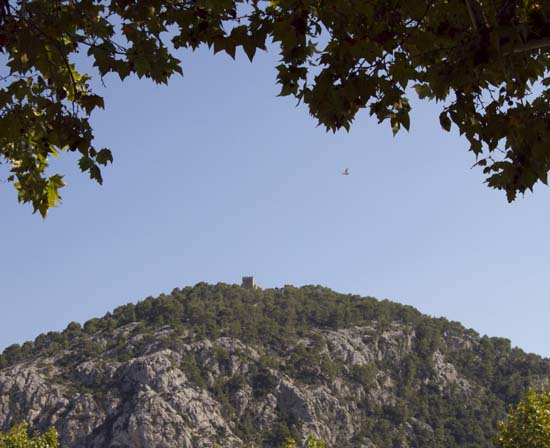
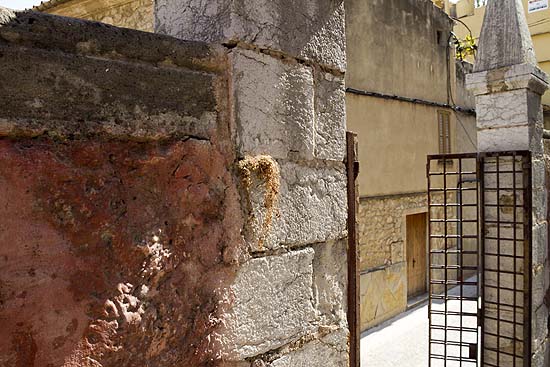
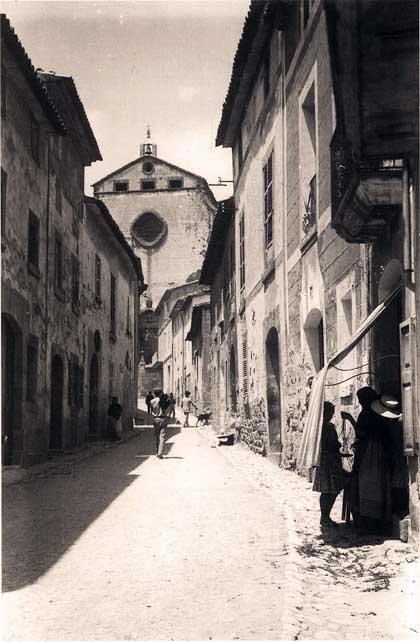



























































2 comentarios:
I particularly like the gridded iron gate in the stone wall and the cockerel on the stone ball. Well, except that I liked everything else too.
Thanks a lot! Yes, this place and these photos are very evocative for me too.
Publicar un comentario